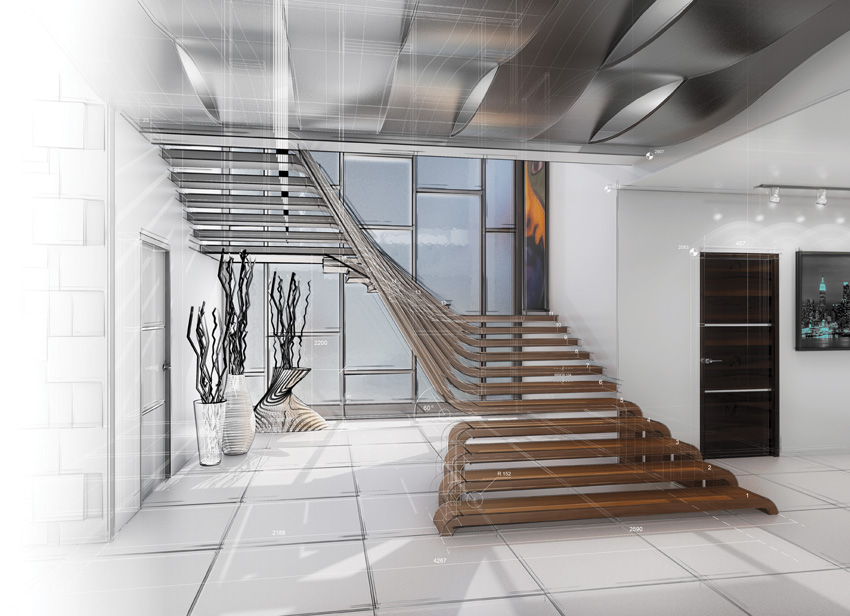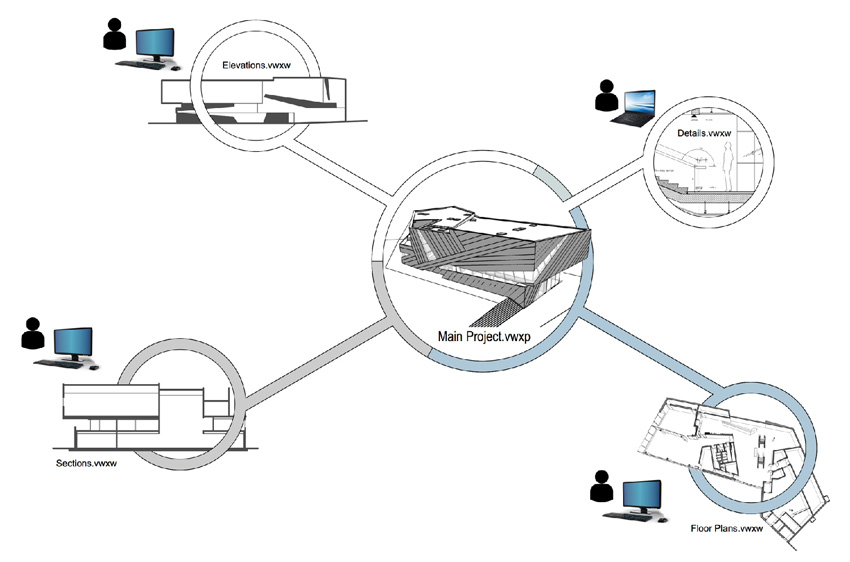Using Building Information Modeling for Architectural Drawings
Learning Objectives:
- Identify the depth and breadth of BIM capabilities to provide a central data and design basis for a project.
- Recognize the design options and variations of drawings and other outputs during all phases of building design.
- Assess the range of ways that BIM can meet a variety of specific drawing standards to create high-quality construction documents to suit a variety of firm and client needs.
- Investigate the ways that firms are successfully incorporating BIM across the full design and construction document process to work more efficiently with less risk of error.
Credits:
This course is approved as a Structured Course
This course can be self-reported to the AANB, as per their CE Guidelines
Approved for structured learning
Approved for Core Learning
This course can be self-reported to the NLAA
Course may qualify for Learning Hours with NWTAA
Course eligible for OAA Learning Hours
This course is approved as a core course
This course can be self-reported for Learning Units to the Architectural Institute of British Columbia
Managing an architectural practice means, among other things, managing the process for providing services. That includes having capable people doing the work that needs to be done in a timely and efficient manner. It also means providing those people with the flexibility and freedom to produce creative work and innovative design. Each firm or workplace typically develops its own culture to achieve these management goals with direct influence coming from both the individuals involved in the firm and the tools that are employed to do the work. Finding and engaging the right people is a needed crucial activity, but so is identifying and using the best tools. In recent decades, firms have steadily abandoned hand-drawing tools for design and construction documents in favor of computerized tools to achieve better results. While two-dimensional CAD drawings have been the norm for some time now, three-dimensional computer models of buildings have been steadily growing in use in architectural practices around the world. For some, the computer software is simply an electronic means to produce visual elements of a drawing such as lines, shapes, forms, and text. For many others, it is a way to link the visual, three-dimensional components in a project to specific information about building systems, materials, products, and performance characteristics. As such, it is also a way to produce better-coordinated, higher-quality construction documents. This latter approach is the basis of building information modeling (BIM) and is emerging as the new norm for successful architectural practices.

Image courtesy of Vectorworks
BIM is making it more efficient for architects and other design professionals to produce high-quality drawings of all types for design, construction documents, and coordination.
What has driven the move toward BIM? For some, using this advanced technology is simply a logical evolution of the way the firm has been operating but allows a more consolidated, coordinated and time-efficient way of working. Others have have found that it allows architects to design with more creative freedom through better visualization at different stages of design. For still others, it has offered improved collaboration and coordination by multiple project stakeholders, thus reducing the potential for miscommunication, errors, or omissions in the final documents. In all cases, the quality of the documents produced has also been a major advantage. However, this three-dimensional, collaborative design and documentation software has not usurped the need to still produce printed, stamped construction drawings. Such stamped drawings are still expected from most owners, code officials, financial stakeholders, and construction contractors. The good news is that BIM can do that too. In fact, for firms that are fully embracing BIM, they are finding that producing documents of all types—from schematic through design development into construction documents and beyond—is done most effectively, efficiently, and with the best quality through the use of BIM software. Further, the firms and practitioners that are taking the time to fully understand and implement the full range of features found in BIM software are reaping multiple benefits related to new innovations in design, more efficient work processes, and better overall project (and firm) management.
In this course, we will look at some of the apects of successfully incorporating BIM into a professional design practice focused on versatility of design and quality output, plus review the experiences of some of the firms that are doing it.
Accepting the Output of BIM
In making the transition from other design and documentation methods to BIM, questions and uncertainty can arise since this may include a change in firm culture. Therefore, the first mindset that needs to be established is that the computerized building information model needs to be seen as the “single source of truth” throughout a project’s design process. In other design and documentation methods, there are commonly multiple sources of the truth for a project that are all coming together from different people and in different forms. That requires coordination at the very least and detailed review, interpretation, and integration at most. The use of a central building information model still allows all of those separate sources (i.e., people involved in the project) to do the things they need to in order to assess, analyze, and synthesize particular aspects of the design. But ultimately, when each person provides the design data, sizing, and product or material information related to their parts of the building, they are each contributing to this central, single source of up-to-date information. In so doing, they can also see how their part relates to the rest of the building and systems and respond accordingly.
One of the key aspects of BIM is that it is based on “objects” that represent the actual materials, products, and assemblies that make up a building. This means that a wall may still show up as lines in plan view, but in fact it is in the model as a three-dimensional wall with a defined width, length, height, and material makeup based on the attributes assigned to it. Similarly, discreet objects like windows, doors, or furnishings can be viewed two dimensionally but in fact are stored as three-dimensional objects with definable attributes such as size, shape, materials, finish, etc. All of these attributes for any part of the building can be identified as generic or “default” choices at the beginning of a project that can be modified, adjusted, updated, or changed completely at any time.

Image courtesy of Vectorworks
Working in a BIM environment means that a central computer model can be used by everyone on the design team to view different aspects of the building, contribute their portion of the design, and find coordination issues in advance.
Using this object-based approach, the design team is in essence using BIM as a means not just to graphically represent different parts of a building but also to actually assemble and “build” it electronically in the model. In so doing, different options can be tried, substituted, updated, coordinated, etc. simply by making the edits or revisions as appropriate within the computer model. Those edits may be visually based, such as the size or shape of a building component, or they may be purely information based, such as a change in the specification or manufacturer’s data for a product or material. The point is that everyone benefits from working off of the same central model and accepting the information within it as the current representation of the project.
This approach doesn’t mean that only completely detailed information can go into the model. During early design stages, the information is typically still being developed, collected, researched, or analyzed. Therefore, it may be premature to include details that may or may not become part of the final design. In those cases, just some basic or default information can be provided that can be developed and updated later on as decisions are made. This approach allows for a firm’s typical design process to still take place, it just changes the place where all of the design information is stored to be in the central model. Of course, it is still possible to create several preliminary computer models representing different design schemes or concepts and then compare them, make adjustments as appropriate, and ultimately select a final concept to with which to move forward.















